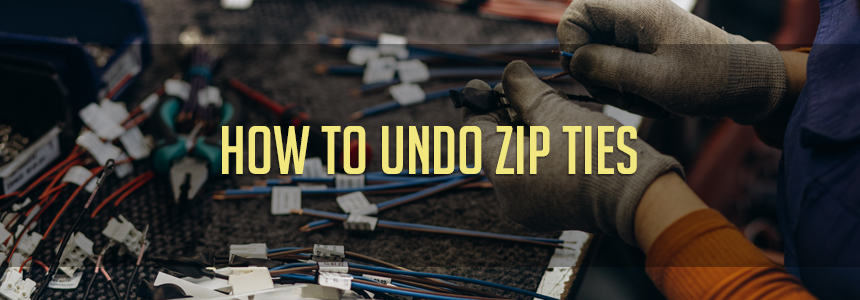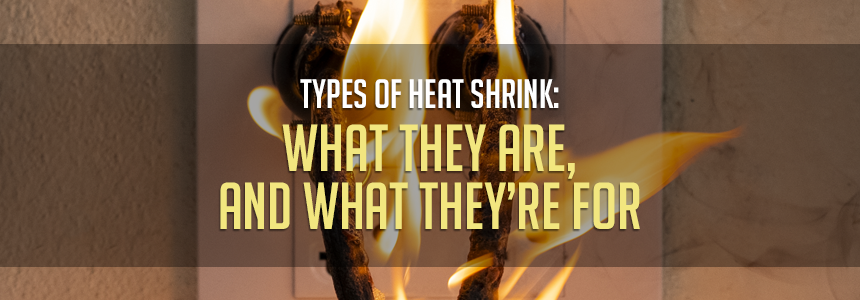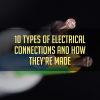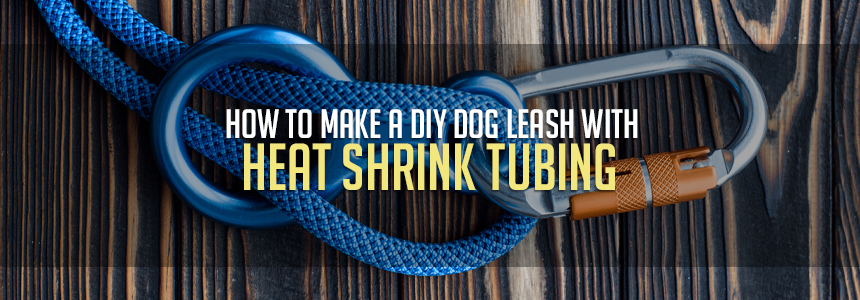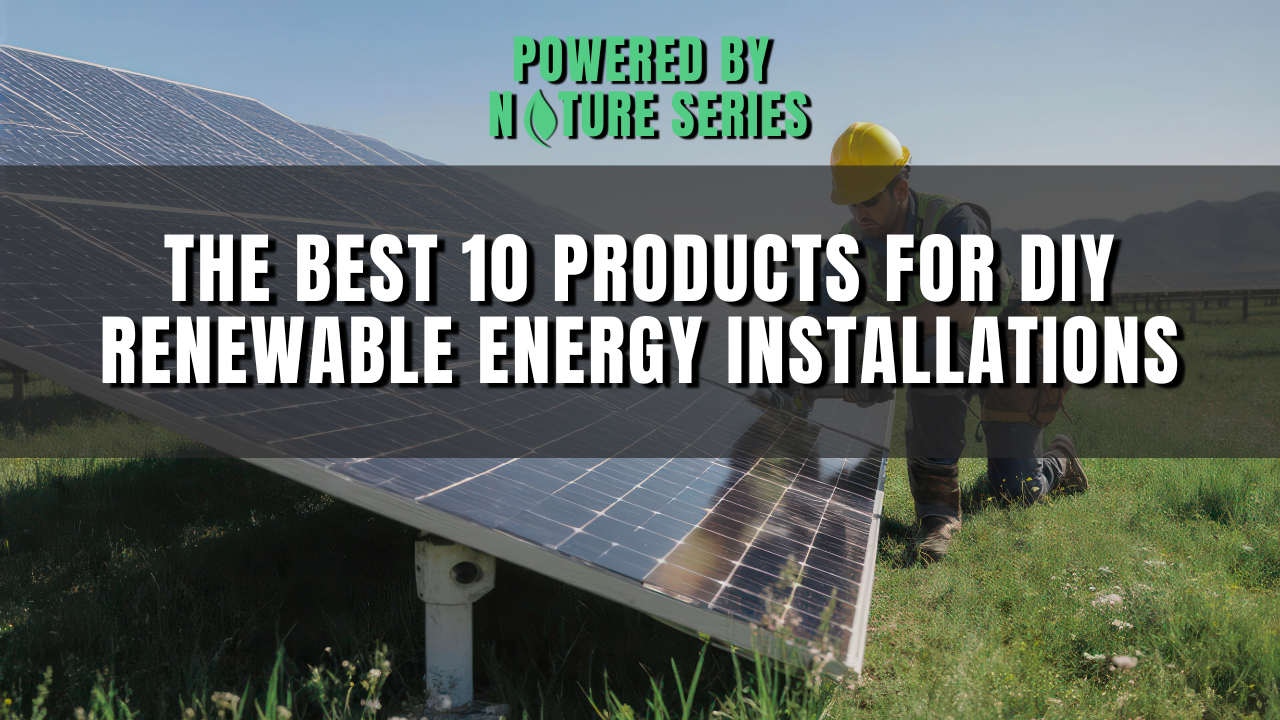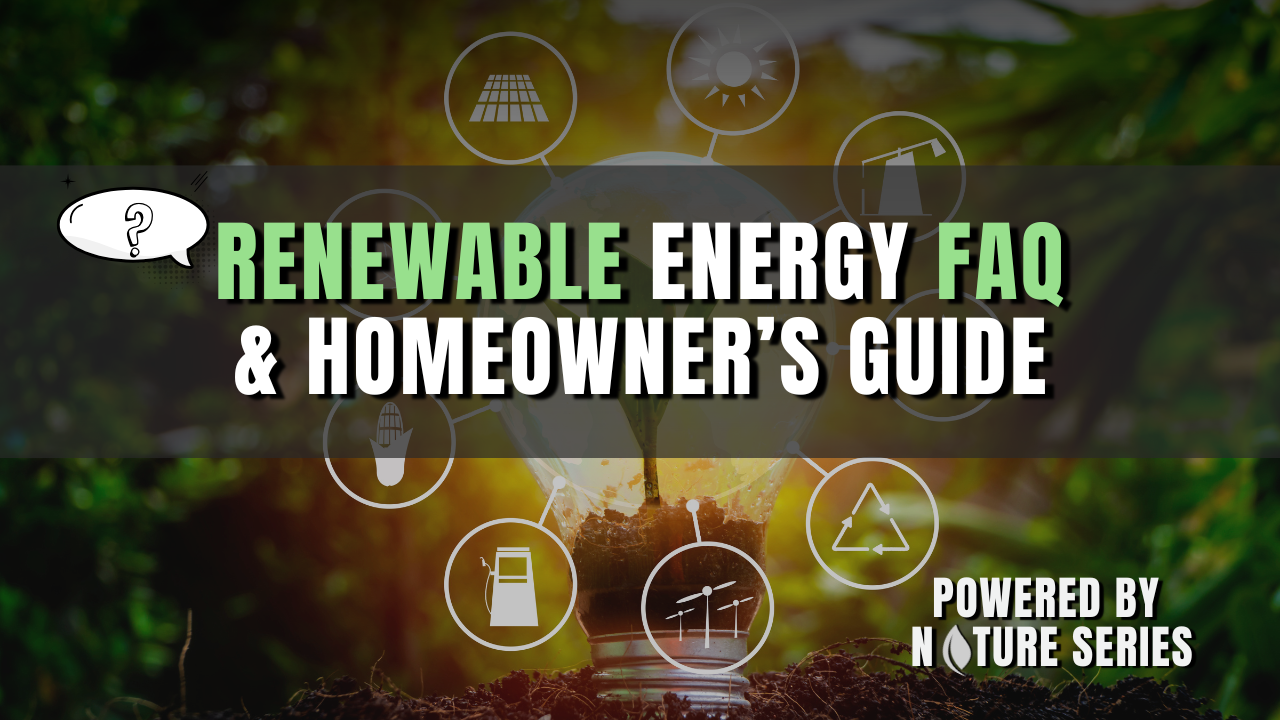
Powered By Nature: Solar Energy & The Rooftop Revolution
We were all born into somebody else’s power grid. An energy system built around combustion, consumption, and quiet corruption. It never asked what we wanted, only how much we’d pay.
Meanwhile, beyond the grid, lies another energy source. Where water flows freely, sunlight gathers and basks, and the wind blowing through the trees offers another choice. One where responsibility gives you control. Where blackouts and price surges disappear. And where your very own home captures the power of Mother Earth.
It’s not a utopian dream. It’s the reality we all live in. Except this time, you get to choose.
This blog kicks off a series of alternative energy solutions. So every household has a way in, and every homeowner can join the shift towards renewable energy.
Powered by nature is your invitation. And the sun starts it all.
Solar’s Role in the Renewable Future
Traditional energy sources aren’t cutting it anymore. The U.S. grid is aging, centralized, and vulnerable. Extreme weather. Record temperatures. Over demand. Our electricity goes out, and suddenly we’re floundering. Fossil fuel prices are notoriously unstable. Political tension. Foreign oil market dependence. Conflicts and fluctuations. We all pay the price for energy insecurity.
And then there’s the environmental damage. This is where the movement picks up speed. Burning traditional fossil fuels releases poisonous gases into the environment. It drives climate change. Extraction and transport spill oil. Oceans are polluted. Habitats are destroyed. Contaminated soil, water, and wildlife are cyclical. Power plant emissions contribute to smog, acid rain, and human disease.
But there’s hope in renewable energy with solar power leading the charge. Solar energy is a hard infrastructure, and it’s scaling faster than most people realize.
Tipping Towards A Solar Future:
- The Earth gets more solar energy in one hour than the entire world could use in one year.
- Solar power is the cheapest source of electricity.
- Over 3.2 million U.S. homes already use solar panels.
- By 2030, solar installations will quadruple.
Can you see the scales tipping? Solar power is setting a new standard, and it’s ready for everyone to join in the game.
What Homeowners Need To Know About Solar Power
The beauty of solar power is that it’s not reserved for sprawling farms and high rises. It’s accessible. It’s affordable. And it’s possible for every roof, everyone, everywhere.
When you install home solar panels, you’re not just an energy consumer anymore. You’re an energy producer. Solar power gives homeowners autonomy from power outages, protection from price surges, and puts you back in control.
Here are some “how to use solar power” basics to help you understand, plan, and invest wisely:
- Solar Panels–Capture sunlight and convert it into electricity through the photovoltaic effect.
- Inverters–Turn direct current from the panels into alternating current (from DC to AC) for household use.
- Battery Systems–Optional, but smart. Store excess energy to use when the sun’s not out or the power is. (More on this in blog #3)
- Mounting Hardware–Secure solar panel installations to rooftops, sheds, carports, or even the ground.
- Monitoring Tools–Track power generation, usage, and efficiency via apps or built-in meters.
And then there are the financial incentives of environmental stewardship. So now you’re saving money and the planet.
- Federal Tax Credits: The Residential Clean Energy Credit is still up for grabs. Homeowners can deduct up to 30% of installation costs (including equipment and labor) from their federal taxes. But, only until December 31, 2025. So, systems have to be installed and operational by year-end to qualify.
- Sell Excess Power Back to the Grid: Net metering is one of the biggest financial advantages of solar energy. Every kilowatt hour that your home solar panels generate gives you one kilowatt hour of credit at your utility company. Stock them up. Roll them over. Use them when you need to pay bills, bank credits, and offset monthly costs.
- Solar Pays For Itself: Most homeowners break even in 7-10 years. Residential solar energy is a major long-term savings backed by short-term perks that help you get up and running sooner.
Renewable energy doesn’t judge why you choose it. It’s just there to reward forward-thinking, on the planet’s behalf, with an option you didn’t have before. Making and owning electricity instead of renting it from a faceless grid. And you can.
Solar Panel Tips for Homeowners
Earth offers energy. A home solar system can harness it. It’s possible and practical. And its performance depends on the decisions you make now.
Let’s dig into the tools and tips that help you build lasting alternative energy solutions for your home.
Home Solar Panel Installation Tips
Start with clean wire routing from black, UV-resistant cable ties. Unsecured wires shift in the wind. They rub against metal framing. They sag into contact zones. They twist and move. Sloppy cables can’t transfer full energy from panels to inverters. But with black, UV resistant cable ties, you can lock down crucial solar panel wiring along mounting rails, conduit runs, or framing. And you’ll get long-term durability against rooftop sunlight and temperature swings that won’t snap or become brittle.
Next up: organized wire bundles with braided sleeving. Multiple wires between panels and inverters get messy fast. Edges and mounting brackets cause friction. Heat builds up. Insulation wears down and exposes conductors. Microfractures and loose connections cause resistance and voltage drops. But braided cable sleeving gives a strong, resilient layer of protection that moves, breathes, and dissipates heat. It’s an expandable, firm, and flexible way to hold and bundle cables so there’s no criss-crossing, accidental tension, snags, or weak spots.
Label early and save headaches later. Clear labeling helps homeowners and technicians troubleshoot faster, upgrade smarter, and pass inspections with ease. Custom printed heat shrink tubing lets you skip the guesswork with shrink-on tags that won’t fade or peel. Tag key wires like panel outputs, inverter outputs, and grounding lines with a simple “Array 1 – PV+” or “Inverter A – AC Output”. This gives you clean, pro-grade installs so that if something goes wrong down the line, you’ll know what to fix and where to start.
Finish home solar panel installs with precision. Invest in a hot knife and a heat gun. Trim braided sleeves without fray. Cut without crushing. Deliver consistent, controlled heat that won’t melt nearby components. A proper install is tidy, but it’s also secure, stable under stress, and built to last.
From cable protection to a labeling strategy, thoughtful choices now keep your home solar system running safely and smoothly for the long haul.
Solar Panel Maintenance Tips
Start with seasonal scans. If there’s a cold snap, sudden thaw, or summer surge, look for buildup on panels and loosened wire connections. Cleaning solar panels helps panels absorb light fully. Visual inspections sometimes involve ladders–so climb and inspect safely. But catching small damage and performing routine checks are the fastest ways to stay ahead of performance drops and system failure.
Repair what’s fatigued with heat shrink tubing. Insulation is your wire’s outer shield. But the sun, breeze, and birds are relentless on home solar panels. Wire casing ages, weathers, heats, cools, cracks, and inevitably fails. Weak spots and vulnerabilities drag on your power instead of supporting it. Exposed wires are the most dangerous kind. Especially if they’re on the roof of your house. Add a layer of reassurance to your residential solar electrical integrity with heat shrink tubing.
Then seal what’s left behind with heat shrink end caps. These are one of the most popular DIY tools for home solar panels. That’s because system upgrades, panel replacements, battery backups, and even roof repairs may leave older wires, like DC lines, disconnected, but still in a conduit or junction box. You’ll need adhesive lined end caps to cover, seal, and protect them from UV damage and water ingress. This is practically non-negotiable.
Wrap Up With Clarity. Whether you’re doing maintenance in five months or upgrading in five years, tagged connected speak louder than memory. You can use a label maker and printer to turn your system into a precision roadmap and user’s manual. This often overlooked tip changes the game for inverter swaps, inspections, or emergency troubleshooting. Clarity built-in and labeled-on makes your life so much easier in the future.
Maintaining solar panels at home means knowing what to look for and exactly where to find it. Extra protection prevents damage. Early inspections catch it before it spreads. And a clearly labeled system makes all your repairs and upgrades safer and faster.
Weather Protection Tips
Start waterproof with dual wall heat shrink. Adhesive lining melts down and flows onto wires, connections, and surfaces. It completely seals out air, dust, moisture, and water. That means rain, snow, sleet, and thaw never touch (or rust) your home solar setup. Using dual wall heat shrink tubing is the only way to guarantee that electrical pathways stay dry and safe.
Then seal runs from rooftop stress. After routing rooftop cables, apply medium or heavy wall heat shrink tubing over junctions, conduit exits, and any exposed spans. These thicker-walled sleeves reinforce against mechanical strain, impact, UV degradation, and freeze-thaw cycles. Add the adhesive lining if you want it waterproofed, too. (Pro-tip: You’ll need a heat gun to activate thicker walls.)
Finish strong with stainless steel cable ties. Built for rooftop heat, vibration, heavy loads, and long-term holds. Stainless steel cable ties have a low profile and extreme temperature tolerance. They’re industrial strength, fireproof, waterproof, and rustproof. They don’t degrade, sag, snag, snap, or break. They’re the perfect way to keep solar for home installs and upgrades secure from weather, forever.
Every layer of protection serves a purpose. Safeguarding your investment and extending the lifespan of your home solar setup. Your roof is ready. With the right gear and guidance, you can be, too.
Solar Powered Savings
The choice is yours. The trend is everyone’s. That’s why we love it. Solar power is a turning point. A chance to generate clean energy. Cut dependence on the grid. A sustainable way forward. With less reliance on fossil fuels. Less pollution. Less waste. And a whole lot more sunshine.
So, is solar energy cheaper than electricity? Yes! Installing home solar panels isn’t a small upfront cost ($15,000 - $35,000). But the advantages of solar panels for homeowners are even bigger. Free electricity. Protection from rising utility rates. Grid stability. And the sun just keeps on shining, saving you money. Lots of money.
Solar panels can:
- Save homeowners $1,500+ per year.
- Cut energy bills by 20-50%.
- Offset up to 90% of household electricity use.
- Deliver $31,000 - $100,000 in lifetime savings.
Buying solar panels is an investment with a rooftop ROI that only gets better with time. The independence is a perk. The planet thanks you.
Residential renewable energy is a movement you want to be in on. Combating climate change. Drastically reducing carbon emissions. Preserving public health. Controlling your own power. A collective shift toward eco–conscious, decentralized, and autonomous energy production.
It’s a good place to be. A place where renewable energy makes a difference. Where we can slow global warming. Where emission-heavy practices and volatile markets don’t define us. And where clean energy expands universal access to reliable power. This is the reality we all live in.
Because we’re all sharing the same planet here. And there’s enough sun to go around.
Is your rooftop ready for the revolution?
We’ve got the gear your solar panels need at buyheatshrink.com.
Powered By Nature: Solar Energy & The Rooftop Revolution





